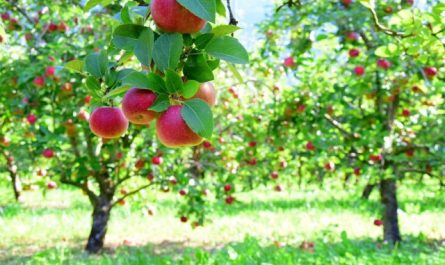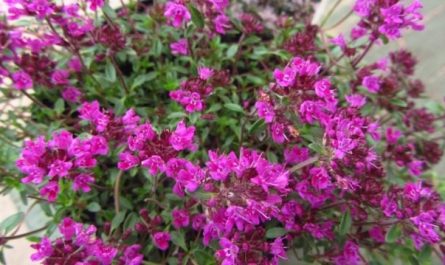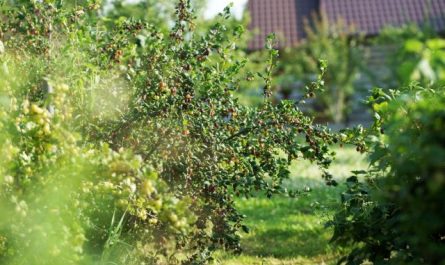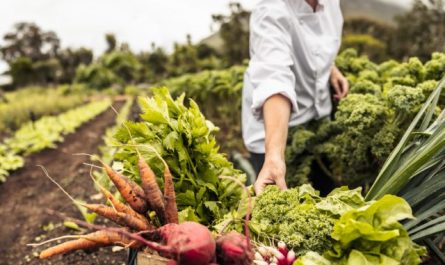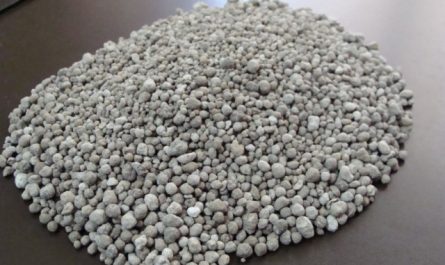In my kitchen, I try to throw nothing away, which definitely helps save money and reduce waste. Part of this is making the most of everything we have. This includes not wasting any leftover vegetables from a dinner you just cooked. Read our article to find out which vegetables can easily be grown from scraps.

Vegetable scraps are usually composted, but they can also be used! So, let’s take a look at some vegetables that grow from scraps.
What vegetables grow easily from cuttings?
Lettuce
Growing lettuce from scraps is a great way to make the most of what you’ve grown or bought at the store. The best lettuce variety to grow from scraps is romaine lettuce. In either case, all you have to do to grow lettuce again is cut the leaves about an inch or two from the base. You can then place the lettuce leaves in a shallow dish of water.
It is important to keep the water clean (lettuce should not be grown in muddy water!). So remember to change the water every other day. You will soon notice that roots are starting to appear quite quickly. After about a week and a half, the lettuce should be about as big as it can get. We certainly do not grow an endless supply of lettuce with this method. But you can definitely squeeze a little more lettuce out of your purchase.

Sweet Potato (Sweet Potato)
Sweet potatoes can be grown in the same way as regular potatoes. You simply need to cut the sweet potato in half and suspend it with toothpicks over a container of water. Roots will begin to appear in just a few days, at about the same time sprouts will appear on the sweet potato. Once the sprouts are about 15 inches long, simply twist them off and place them in a container of water. When the roots are a couple of inches long, they are ready to be planted in soil.
Basil
Basil is relatively easy to grow again. All you need is a stem about 10 cm tall. Place the cutting in a glass of water so that the leaves are well above the water level. Leave the basil in a bright place, but not in direct sunlight. Roots should begin to form within a few days, and when these roots are about 5 cm long, you can transplant the cuttings into soil.
Green onions
A great vegetable to grow from scraps is green onions. If you used green onions, you probably have some scraps left over. However, to regrow onions, you will need to save the bottom parts of the stems with the bulbs. You can then place them in a narrow glass and add enough water to come halfway up the bulb. As with lettuce, be sure to change the water every other day. You should have some “new” green onions in a relatively short period of time.
Ginger
Ginger root is very easy to grow, and once you get started, you can maintain a healthy supply of ginger. You need to plant a piece of ginger root in the soil, making sure the buds are facing upwards. You will notice new shoots and new roots in about a week or so, and once this happens, you can pull it out and use it again. Remember to save some of the rhizome so that you can replant the ginger and grow it the next time you need it.

Celery
I grow celery in my garden mainly for stews, soups and salads. As with growing salad from scraps, you will need the same materials to grow celery. So a shallow dish and some water.
The same rules apply when regrowing celery from cuttings. Leave about 2,5 at the bottom of the stalk and place it in a shallow container with 2 cm of water. Change the water every other day and watch for roots and new shoots emerging from the center of the stalk. The container should be kept in a sunny and relatively warm place.
After about a week, the leaves will begin to grow, and you can wait and harvest them as needed or transplant the celery into your garden and let it grow into another full-sized plant.
Potato
We keep potatoes in the “dark place,” but sometimes we forget about them. Luckily, those “cupboard” potatoes can be cut into pieces (one “eye” per piece) and then planted to grow more potatoes. As far as vegetables that grow from scraps go, potatoes are where you get the most bang for your buck. You can actually get pounds of potatoes from a single potato.

Carrots, turnips, radishes, parsnips, beets and other root vegetables
Saving the tops (where the leaves and stems meet the root) of carrots, turnips, and other root vegetables will allow you to regrow them. Place the tops of the root vegetables in a container of water, and the tops should begin to grow within a few days.
You can simply harvest and use these greens as they grow, or let the roots grow until the plants are ready to be transplanted back into the ground. Most people just throw away beet greens, but they are delicious and nutritious, so they shouldn’t go to waste.
Vegetable or tuberous fennel
Another vegetable that can be grown in much the same way as celery.
Again, simply place the base of the bulb (with the root system still in place) in a container with a little water and wait for the plant to start growing.
For best results, it is best to leave about 2 cm of the base attached to the undamaged roots. Once you see new green shoots emerging from the middle of the base, you can transplant it into the soil.
Cabbage
Some varieties of cabbage, like some types of lettuce, can be regrown in the ground. After cutting off the base of the head, make a cross-shaped cut in the base and leave it in the ground, which will often result in a second head of cabbage. Again, like lettuce, cabbage bases and even cabbage leaves can also be re-rooted to form new plants.
In addition to regrowing vegetables from scraps, it is also important to remember that you can learn to save your own seeds and sow them the following year to propagate your crops. This is, of course, another important way to ensure that you are making the most of everything you grow and eat from your garden.
Seeds should never be thrown away. Some of them can be eaten along with the main edible crop of the plants in question. For example, pumpkin seeds are delicious when roasted, and can be used, for example, as a separate snack or as an addition to dishes made from the pulp of the fruit. Other seeds can be saved for planting next year. Some of them can be sprouted immediately.
